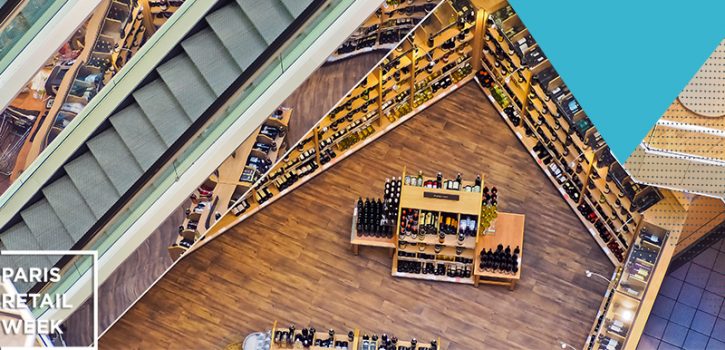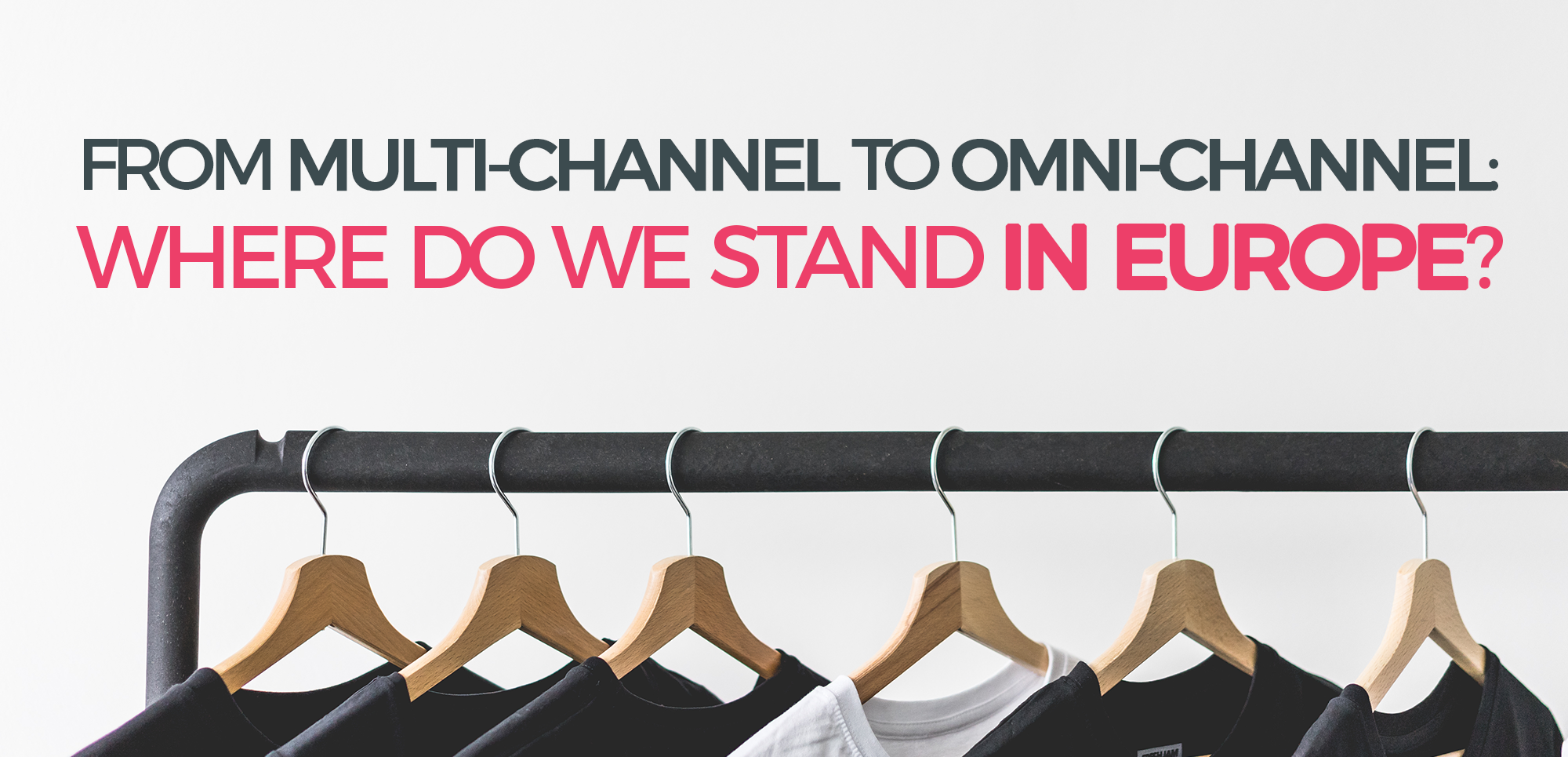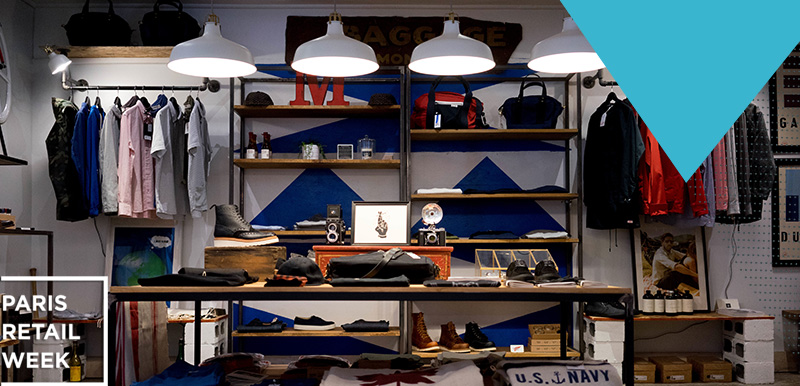Fluidity of the customer journey, conversational commerce via social media, analysis of emotions, the passion of sales staff… These are the first four new trends in retail observed by Havas Paris in its Shopper Observer 2017 and presented during Paris Retail Week. Now it’s time for the three latest trends that will make up the retail world of tomorrow.
5. From the hard sell to the soft sell: how to reinvent commercial effectiveness
The figures speak for themselves:
- A majority of consumers think that brands have trouble in truly stimulating their interest.
- Most under-35s want shops where they can do more than just buy things.
- A great number of 18-34 year-olds want to have rich and interesting experiences in stores.
The buying experience is at the heart of everything and must come before the products or the pure commercial approach.
Many brands have already gone down this road and made their shops into genuine living spaces. In the United States, Urban Outfitters has created “UO Spaces”, Live Stores that offer concerts, art galleries, restaurant areas and even hair salons…and all in the middle of their clothing collections.
The giant Apple also wants to make its stores into “community spaces” and has begun redesigning all its stores.
However, this approach is not restricted to brand leaders. Challenger brands see an opportunity to make themselves stand out via this new trend: TOMS Shoes, for example, has designed spaces that are more like cafes than shops.
In Europe, a highly original space recently saw the light of day: FOOUND in Geneva blends startups, a barber shop, bar, tattoo artists, a restaurant, an art space…
And if you look around France, a perfect example would be the brand Zôdio, which is part of the Leroy Merlin Group. If you can understand French, I recommend that you take a look at the report broadcast on Capital on Sunday 25/09/2017 (from the 73rd minute).
The general idea? If consumers spend time in shops, they will end up buying something. The idea isn’t to push them into over-consumption, but to give them the very best advice and make them want to come back.
6. From responsibility to militancy: when brands commit themselves
Most consumers think that companies have a duty to act for society: companies are increasingly encouraged to strengthen their commitments in terms of social and environmental responsibility Many companies have heeded the calls: Solvay, the world leader in chemicals, has decreed that all its staff should have the same social advantages, irrespective of the legislation in force in their home country. IKEA, in partnership with the Red Cross, recently rebuilt a replica of a typical Syrian house in its Norwegian showroom to raise awareness of visitors, both to the war in Syria and the refugee crisis. While EDEKA decided to empty a supermarket of all foreign products to demonstrate how dull the world would be without diversity.
In France, Biocoop is one of the brands with the biggest investment in and commitment to society. In addition to its fight against pesticides, its civic and political engagement is very clear. Just a few days before the first round of the French elections, Biocoop launched the website biocoop2017.fr and invited citizens to suggest political measures and ideas for reform. Their motto? “Because more than being just a societal and activist brand, Biocoop is a true political project”.
In the United States, last year’s presidential elections and Trump’s first few months in the White House also strongly inspired brands to get involved. Urban Outfitters put pro-Clinton and anti-Trump products on sale. The former CEO of Starbucks clearly showed his opposition to the President’s speech by offering to employ refugees in the 75 countries where the brand has a presence…
7. From one super model to another: hybridisation as the watchword
A large majority of consumers would like all products to be as accessible online as they are in physical shops, in the future. Contrary to what one might think, e-commerce isn’t the perfect model and neither is physical commerce either. It’s actually the hybridisation of these two models, the “super model” combining offline and online, that would be the ideal.
On one hand, big retail chains are developing their online presence: Walmart is trying to copy Amazon’s model by increasing its product range, offering free delivery when customers spend $35 or more, and is joining forces with Google. The chain is also one step ahead of the pack and is currently testing delivery directly to customers fridges when they’re away from home, via a connected lock system. In France, Carrefour is now offering delivery within one hour in Paris to compete with Amazon’s express delivery.
And on the other hand, over 50% of consumers would like the big beasts of digital to open physical points of sale. Thus the digital giants are investing in bricks and mortar: Amazon is buying WholeFoods and is also testing click and collect in the USA: AmazonFresh Pickup, that enables customers to order online and collect their orders from the pick-up fifteen minutes later. Even before it was taken over by Galeries Lafayette, La Redoute was opening shops and concessions in department stores.
More digitalised, closer to the consumer, more involved, more human: hybrid retail seems to be the new model that all chains would be advised to adopt if they want to continue to interest consumers worldwide.







